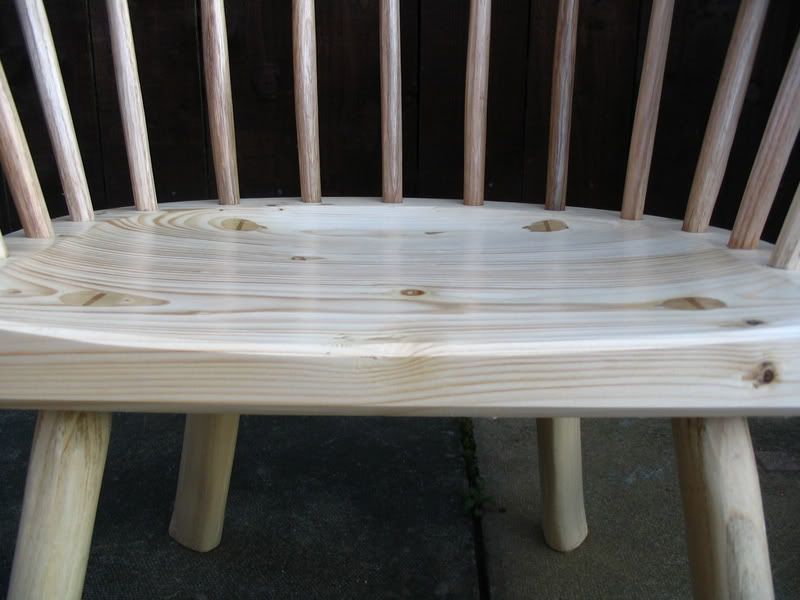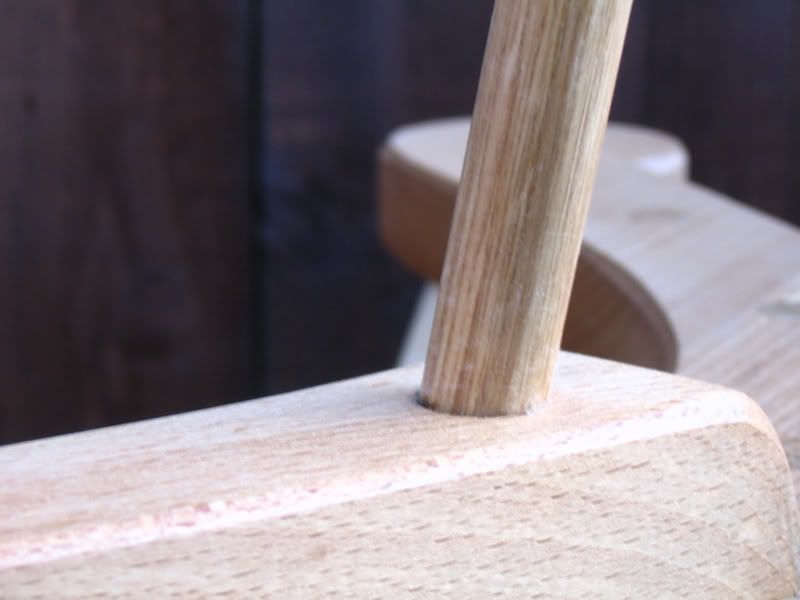Mr_Grimsdale":mnwvjiri said:
bugbear":mnwvjiri said:
Also useful when using scribing gauge techniques stolen from our friends the metal workers.
What's this then? Please tell tell me more.
A scribing gauge is a simple "point on a stick".
In use, the work piece is fixed (by whatever means neccessary) to a flat surface.
Since the workpiece is now in a "defined" relationship with a flat surface, the scribing gauge can now mark the workpiece by reference to the surface, not the workpiece.
This can (sometimes) provide a unique means of marking.
For example, if the "nominal" reference edge of the workpiece isn't continuously straight, a normal gauge won't do.
Or if the workpiece is a funny shape, a surface gauge will reach into even more places than a pattern maker's "grass hopper" gauge.
For example, if you had made a skewed, but flat cut on one end of an irregular (e.g. sculpted) log, how (otherwise) would you mark a parallel flat cut, 1 1/2 foot away?
It's a powerful technique to tuck away in your armoury.
(with reference to the stock prep issue, it would allow you to chock or wedge a workpiece, and then trace a perfect "planar" line around the periphery)
BugBear




































